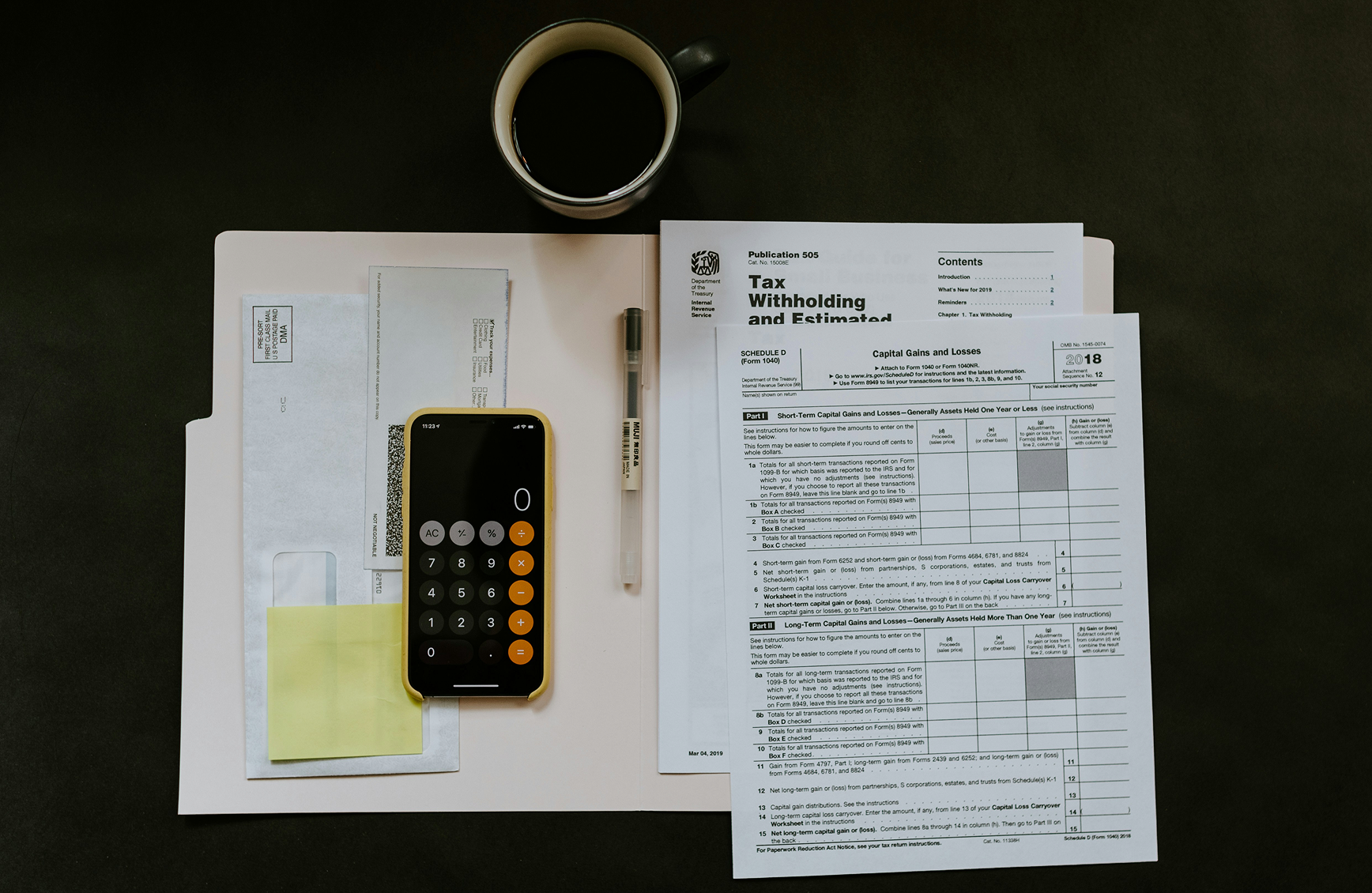Index
Receive our newsletter
One of the biggest concerns for renters when signing a lease is the security deposit and rental guarantees. Understanding how they work, what they include, and why they exist is key to avoiding future disputes between landlords and tenants. Below, we explain in more detail the available options and the steps you can take to ensure a successful refund process.
What Are Security Deposits and Rental Guarantees?
A security deposit is a sum of money paid by the tenant to the landlord when signing the lease. It serves as protection against potential risks, such as unpaid rent or property damage, like scratched walls, broken furniture, or a stained mattress. The amount varies depending on local regulations and the landlord’s policies. In most cases, it equals one month’s rent, though it can sometimes be higher or lower.
Rental guarantees, on the other hand, are additional safeguards agreed upon depending on each situation. Common examples include a bank guarantee or rent default insurance, both designed to offer extra protection to the landlord, especially in areas with higher risks of illegal occupancy. The key difference is that a security deposit is required by law, while additional guarantees are established through mutual agreement.
Common Forms Used by Landlords
Here are some of the most common ways landlords protect their properties:
- Cash deposit: This is the most traditional and legally required form in most countries. The tenant provides a set amount that remains held until the lease ends and can only be used to cover unpaid rent or repair damages to the property.
- Bank guarantee: In this case, the bank ensures payment of rent or other debts on behalf of the tenant. It’s typically used in long-term or high-value leases, as it offers significant security for landlords. However, it involves administrative fees and sometimes requires tenants to freeze funds in their account.
- Rent insurance: Increasingly common in cities with high housing demand. By paying an annual premium, an insurance company covers the rent if the tenant stops paying. This method is appealing to landlords because it reduces financial risk, while tenants avoid having to block large amounts of money upfront.
- Guarantor or personal guarantee: A third person, often a relative or someone close to the tenant, legally commits to paying if the tenant defaults. It’s a flexible, low-cost alternative, although it can create personal strain if it needs to be enforced.
-
Returning the Security Deposit
Landlords are required to return the deposit at the end of the lease, provided there are no outstanding debts and the property is returned in good condition. Otherwise, the landlord may deduct a proportional amount to cover repairs or unpaid rent, but this doesn’t mean the entire deposit can be withheld. It’s also important to note that the deposit cannot be used as payment for the last months of rent, since the law forbids using it as an advance on future payments. Some misleading rental ads try to blur this rule, so it’s worth staying alert to avoid rental scams.
Refund Timelines
Typically, the refund should be made within one month after the tenant returns the keys. However, the exact period depends on local laws, and in some places even on regional regulations. If the refund is delayed, tenants may be entitled to claim interest on the retained amount. In more complex situations, legal action may be necessary to recover the funds.
How to Properly Document Everything
To avoid misunderstandings during the refund process, it’s essential to document the property’s condition from the very beginning of the lease. One good practice is to create a detailed inventory listing all items and noting any prior wear and tear. Supporting this document with dated photos or videos can serve as solid proof if disputes arise. It’s also advisable to include clear clauses in the rental contract about maintenance and refund conditions, so both landlord and tenant fully understand their responsibilities. Finally, keep digital copies of all records and correspondence between both parties, this will simplify any potential claims and increase transparency throughout the rental process.
What Makes the Difference
Security deposits and rental guarantees are essential in every lease, providing tranquility for both landlords and tenants. To truly make them effective and prevent problems, they must be managed transparently, with a clear contract, proper documentation of the property’s condition, and respect for legal deadlines. In the end, mutual trust and clarity in agreements are the best foundation for a healthy rental relationship.










